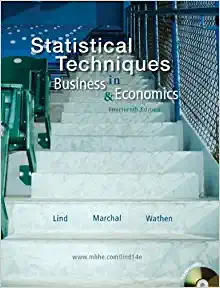

Give a step by step solutions. This all the information provided
6 A life office is planning to issue a new series of three-year unit linked endowment policies. Two designs of policy are under consideration, both having level annual premiums of $1,000. Type A: 85% of the first year's premium and 101% of each subsequent premium is invested in units. On surrender the bid value of the units allocated is paid. Type B: 95% of each premium is invested in units. On surrender the bid value of the units allocated is paid less a penalty of 10% of the total premiums outstanding under the policy. There is a bid/offer spread in unit values, the bid price being 95% of the offer price. A fund management charge of 1% of the value of the policyholder's fund is deducted at the end of each policy year. The death benefit, which is payable at the end of the year of death, and the maturity value are equal to the bid value of the units allocated. Surrenders are assumed to take place at the end of the year. The office's expenses in respect of the policy are f100 at the start of the first year and $30 at the start of the second and third years. The office holds unit reserves equal to the bid value of the units and zero non-unit reserves. The dependent probability of mortality at each age is assumed to be 1% and the dependent probability of surrender at each duration is 5%. The non-unit fund is assumed to grow at the rate of 7%% pa. (1) Calculate the unit fund values at the end of each year assuming that the growth in unit value is 7/1% pa and hence calculate the estimated maturity proceeds for each policy type. [6] (ii) Calculate the net present value of the profit that is expected to arise under each policy type, using a discount rate of 10% pa. [8] [Total 14] 7 A two-year insurance policy has the following particulars: annual premium of 520 death benefit of 15,000, paid at the end of the year of death surrender value in Year 1 of 420, paid at the end of the year age at entry 50 reserve at the end of Year 1 of 510 per policy then in forceThe policy is to be profit tested using the following assumptions: mortality AM92 Ultimate 15% of policies surviving to the end of Year 1 surrender at that time expenses of 250 and 25 at the start of Years 1 and 2 respectively return on assets of 2% pa risk discount rate 5% pa Calculate the present value of the profit for this policy at outset, using the risk discount rate, assuming the policyholder: (a] dies in Year 1 (b) surrenders in Year 1 (c) dies in Year 2. (ii) The present value of the profit from the policy, assuming the policyholder neither dies in the first two years nor surrenders in the first year, is 250. Calculate the net present value of the policy










